Pickleball professional Zane Navratil (and co-host of the PicklePod) recently released a video discussing a technique he calls the "Anchor Foot."
This strategy can help you stay balanced and reduce your movements on the pickleball court.
In tennis, you’re taught to keep your feet moving. In pickleball, that’s not the case. Because pickleball courts are smaller and you have to react quicker, focusing on efficiency in our movements is often better.
That means moving our feet less by leaving one foot "anchored" into the ground.
An anchor foot is exactly what it sounds like. It’s a foot that stays in one spot and doesn’t move. The rest of your body pivots around this foot.
If you’ve ever played basketball, this may sound familiar. When you have the ball, and you’re considering where to go with it, you can anchor one foot and pivot the rest of your body to give yourself space and better looks.
It’s about staying in balance
When standing at the kitchen line, if a ball is hit to your right, you’ll keep your left foot anchored and use your right foot to move forward, sideways, or even back. If it’s hit to your left, then you would anchor your right foot and only move your left foot.
The goal is maintaining balance as you lower your hips and bend your knees.
It should feel like when you do lunges while exercising or stretching.
By staying balanced, you can move your body easily around your anchored foot and get right back into position for the next ball. Anchoring your foot also helps you to know exactly where you are.
If you were to move both of your feet and then try to get back to the kitchen quickly, you might find yourself either too far back or right on top of the kitchen line.
So, the anchor foot not only acts as a way to stay balanced and get back to a good ready position, but it helps you navigate better at the kitchen line.
An anchor foot is mostly used for kitchen line play when you and your opponent are in a dinking rally. However, efficient movement should be done across the entire pickleball court. By practicing it often, you can learn when to keep your foot anchored and when to move both feet to get to a ball.
Stand at the kitchen line with a drilling partner and hit dinks back and forth. Focus on keeping one foot anchored the entire time and only moving one leg while maintaining balance.
Hit dinks left, right, back, and front to find your max range of motion.
Ready for a Workout? Try the Cat and Mouse Drill
To improve your kitchen play for both singles and doubles pickleball, try this cat-and-mouse drill. It’s also quite the workout.
 The Dink PickleballJason Flamm
The Dink PickleballJason Flamm
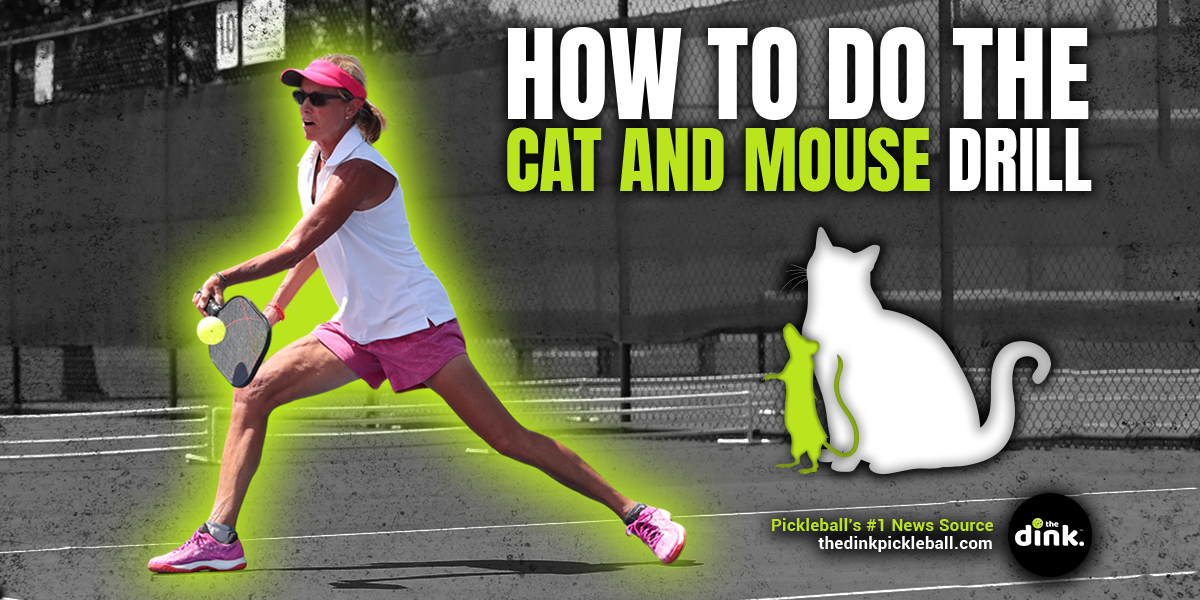
You may be surprised at how much more in control and comfortable you are when doing this.
If you’re struggling to keep your foot anchored, focus on lowering your legs more and using the bottom half of your body to get underneath the ball.
If you’re pulled out wide, see how far you can reach without crossing over your feet or moving your anchor foot. You never know how far you can go until you try it.
Another time you can practice the anchor foot is when you’re warming up. Train your body to get to dinks by moving as little as possible.
You can watch the full video from Zane here:
Often, simplicity is best in pickleball, and using an anchor foot will help you improve your footwork and help you stay in dinking rallies longer than ever.
|
Anuncie Aqui / Advertise Here
Sua marca para o mundo Pickleball! / Your brand for the Pickleball world!

 English
English  Spanish
Spanish  Portuguese
Portuguese  German
German  Italian
Italian  Japanese
Japanese  French
French  Polish
Polish  Russian
Russian  Netherlands
Netherlands  Hungarian
Hungarian  Turkish
Turkish  Videos
Videos 
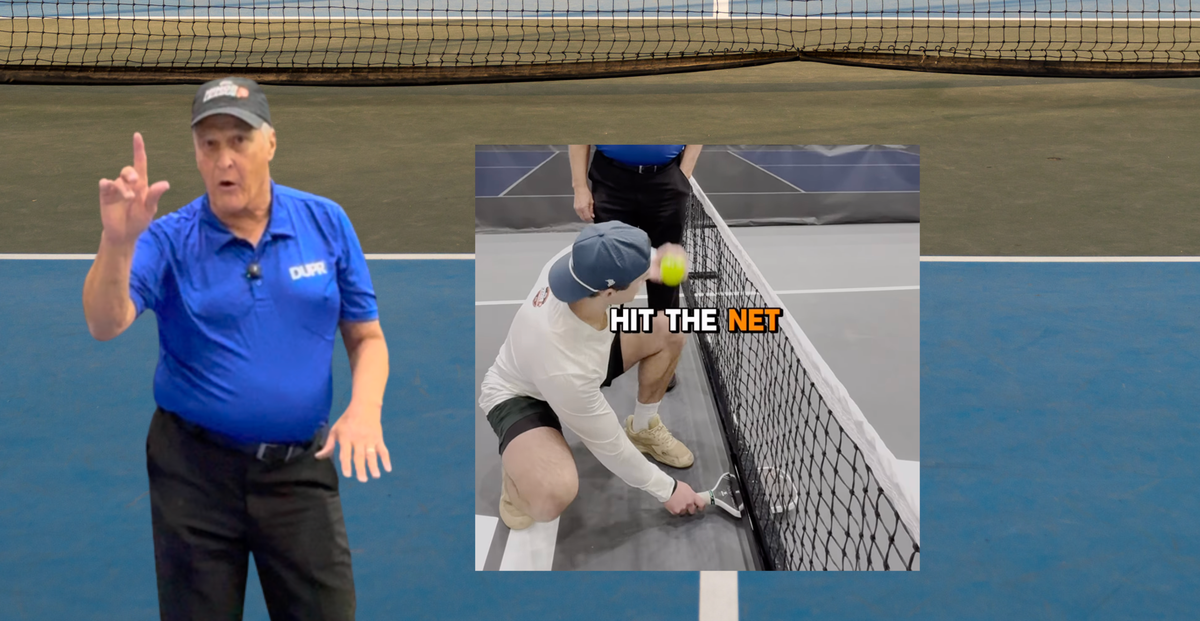
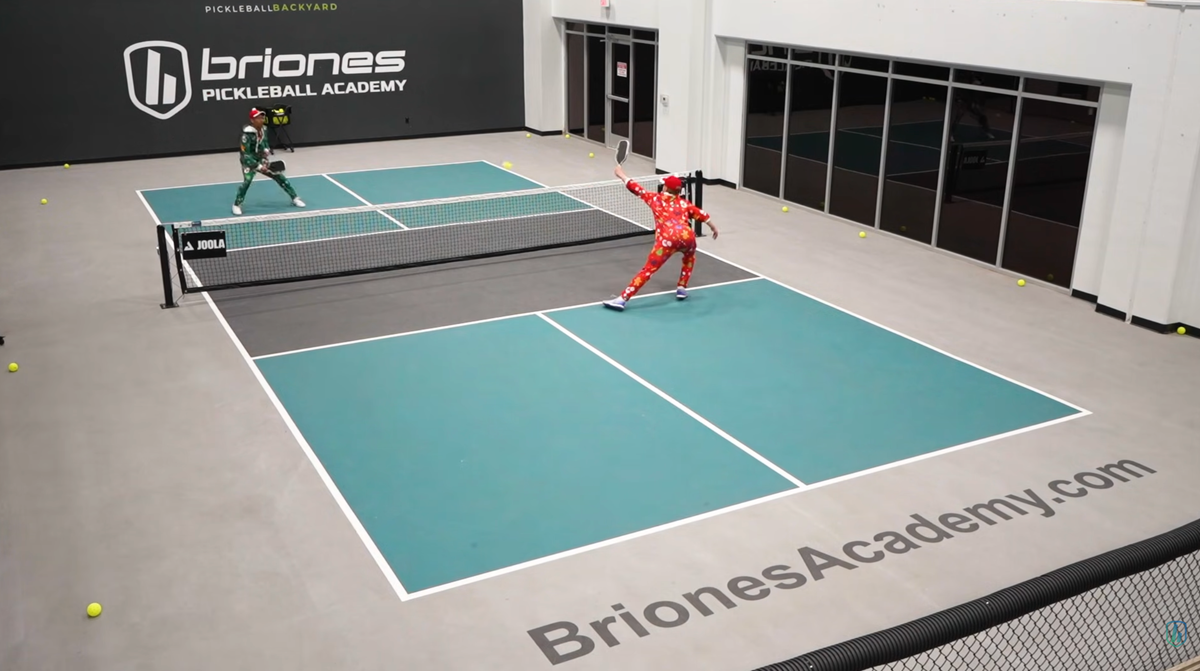
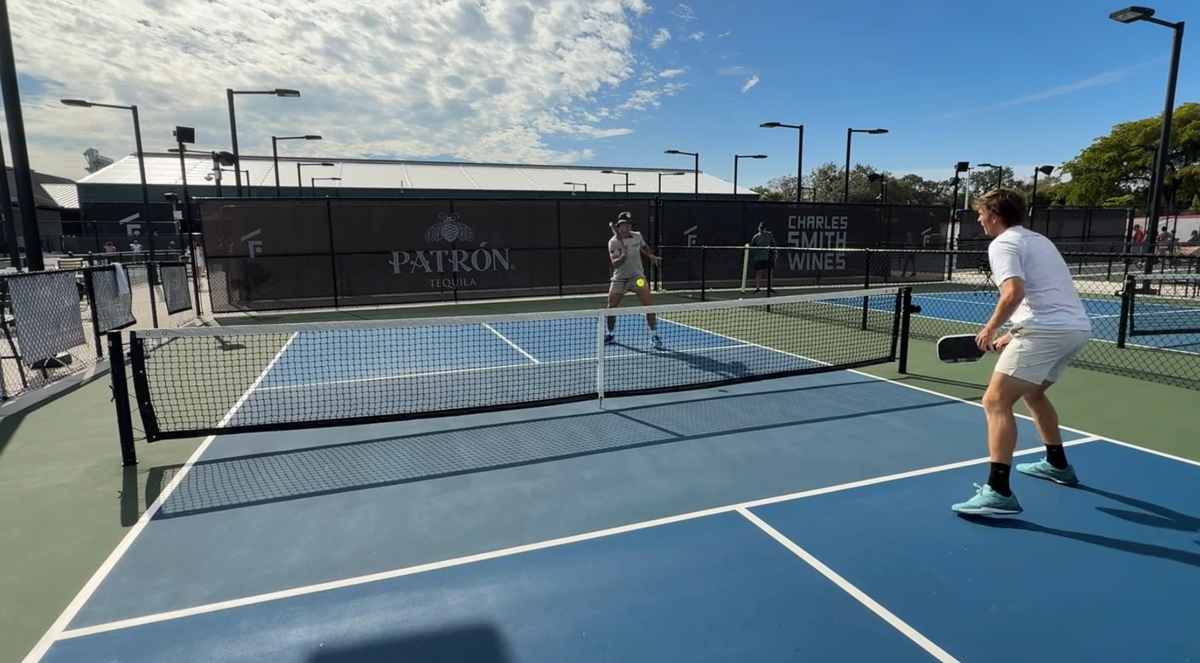
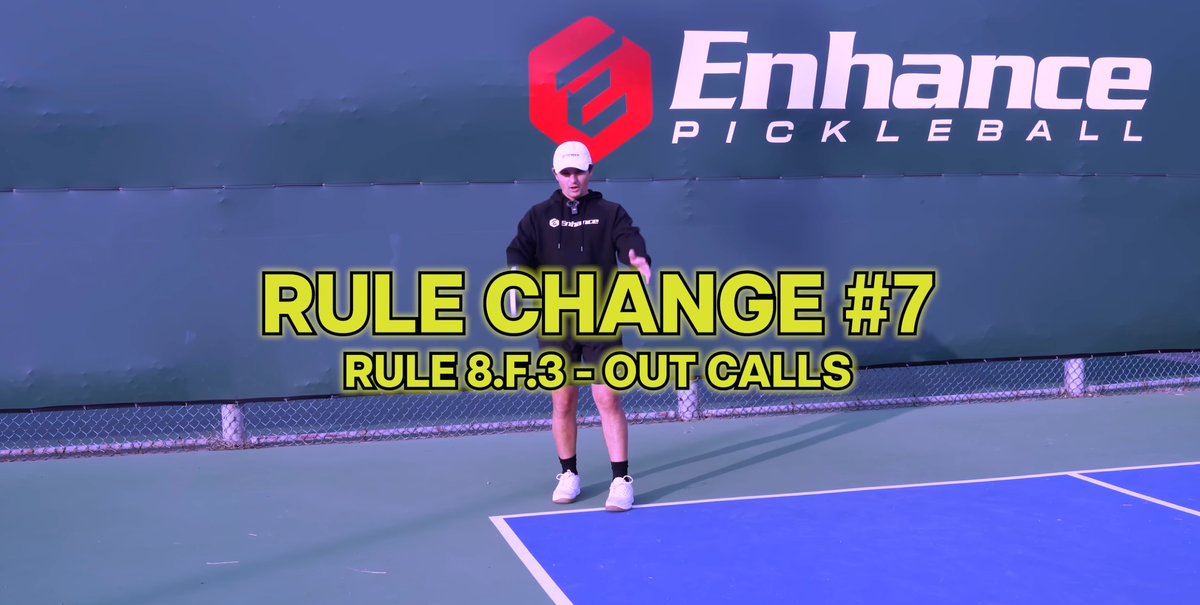



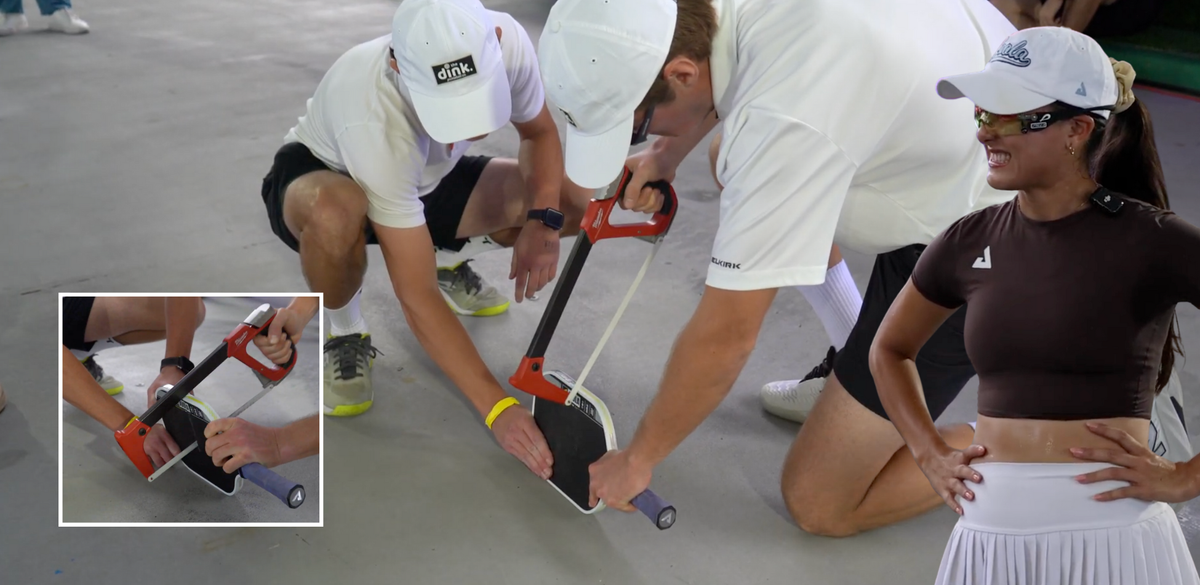
 English (US) ·
English (US) ·  Portuguese (BR) ·
Portuguese (BR) ·